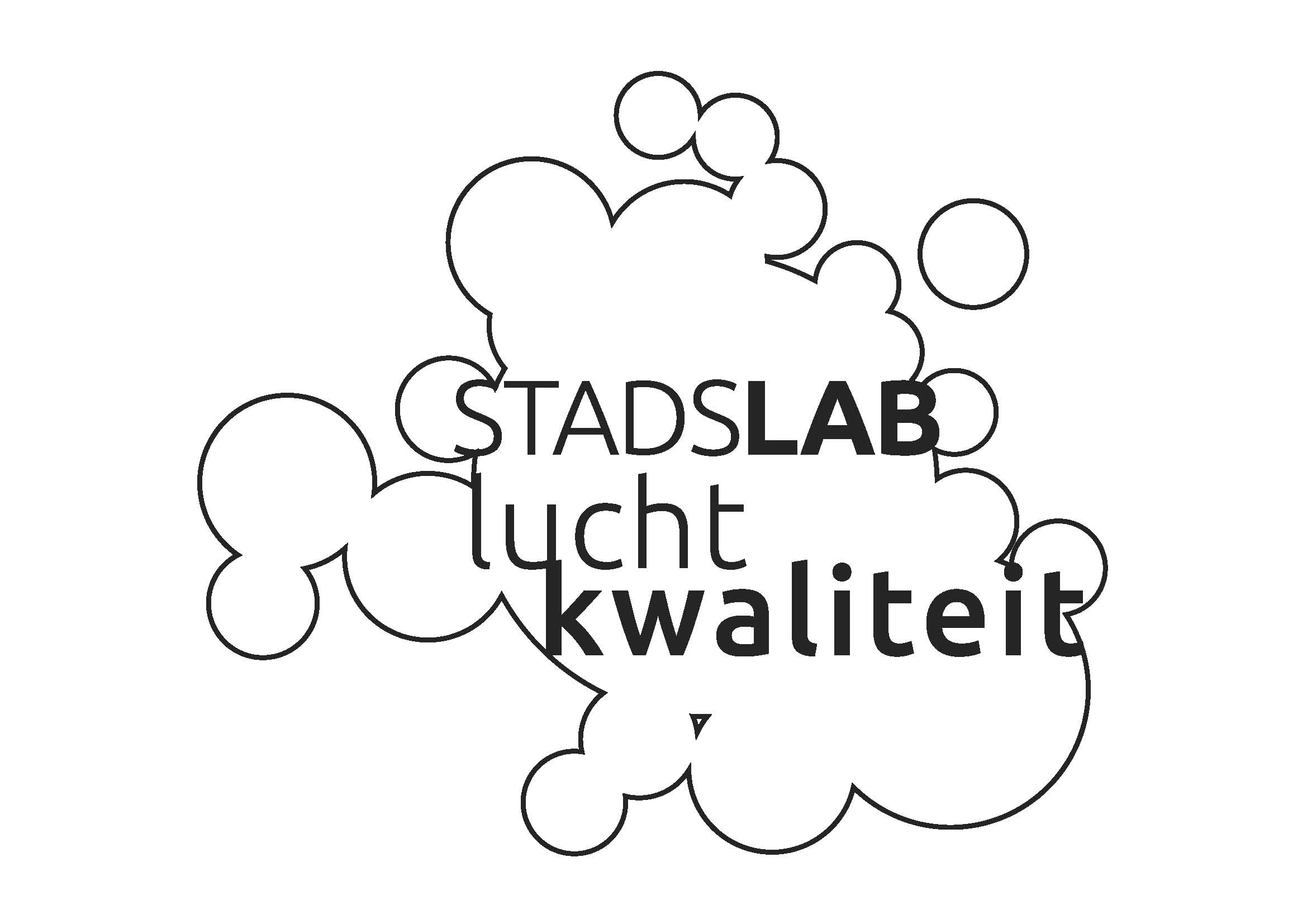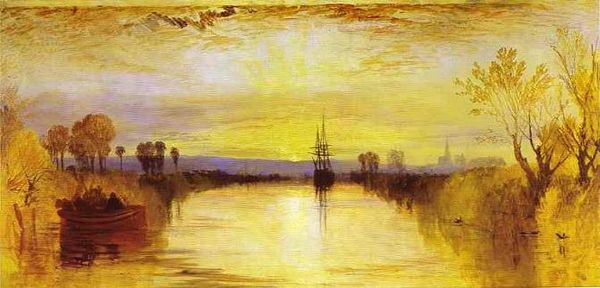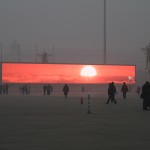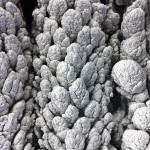Studio Dust heeft een verhalen verzameld over Fijn Stof.
De presentatie geeft in contrast tot de cijfers en de grafieken een verzameling van verhalen over fijnstof. Het laat het menselijk verhaal van fijnstof zien. En roept vragen op: Leven we wel in een erg stoffige tijd? En zijn er voordelen aan wat fijnstof in de lucht? De verhalen vormen een inspiratiebron om anders over fijnstof na te denken.
A selection of short stories:

Charles Darwin collected dust that he found on the `Beagle`. He was amazed to find this dust in the middle of the ocean, and was wondering how this dust could have traveled so far. Samples of this 200 year old Darwin´s dust remained and resulted in a research about the origin of this dust.
In the research they discovered the consequence it has on planetary microbial ecology. Microbes (bacteria and fungi for example) get attached to the dust particles and are able to travel long distances from the Sahara to the Amazon. This research gives an understanding in intercontinental spread of micro-organisms on land and in the oceans. Dust plays a very important role in the ecological system on earth!

Volcanic dust that is released during a volcanic eruption can have enormous effect worldwide. The dust particles can block the sun light, causing a temperature drop during a period of time.
1816 Was the ‘year without summer’, due to an eruption of an Indonesian volcano. This resulted in snow in the summer in Europe. The lower temperatures caused bad harvest and food shortage and global famine. The perfection of the invention of the bicycle, became necessary due to the food shortage, since there was no food for feeding the horses, so other ways of transport became necessary. The dust in the air also resulted in beautiful orange sunsets (painted by JMW Turner). The color of the sunset is influenced by dust in the air.

The dirty Thirties. This is a period in the thirties in the 20th century, during the Great Depression. Due to high food prices all land was cultivated. This gave the result of intense agriculture, and overgrazing in combination with drought and caused a lot of dust storms. This intensified the economic crisis. The government assigned many photographers to document the dust bowl, and created a vivid artistic movement. Living in the Dust Bowl most have been surrealistic. Stories from people tell that when they
wanted to have dinner, they were placing the table-ware upside down on the table, till the last moment before eating.”




